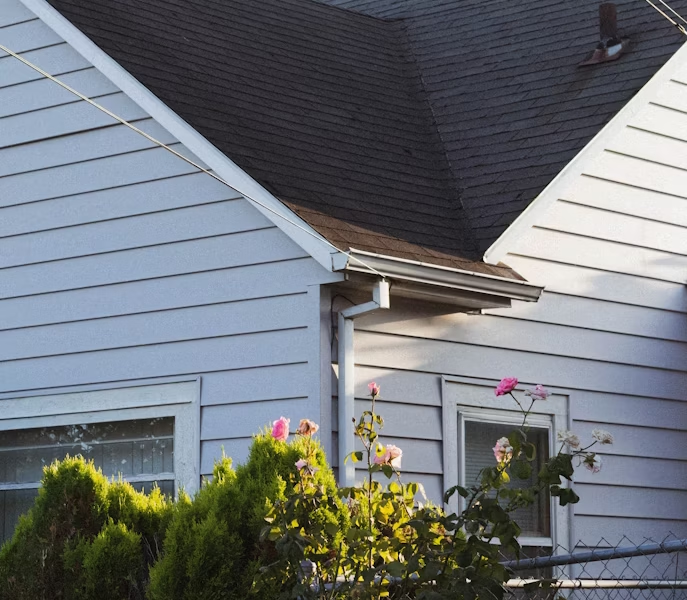Key Financial Strategies for Managing Home Maintenance Costs

Owning a home comes with numerous responsibilities, particularly when it comes to maintaining its condition. One key aspect that homeowners often overlook is effectively budgeting for ongoing maintenance and improvements. The reality is that the costs associated with home maintenance can accumulate quickly, leading to financial strain if not planned properly. To prevent this, homeowners should employ strategic financial planning techniques that can help manage costs while ensuring the property remains in good shape.
Understanding Home Maintenance Costs
The first step in managing home maintenance expenses is understanding what they encompass. Home maintenance costs include routine upkeep, such as lawn care, pest control, and HVAC servicing, and unexpected repairs that may arise due to wear and tear, weather-related issues, or sudden breakdowns of systems.
The average homeowner spends about $1,200 per year on home maintenance. This figure can vary significantly depending on the age of the home, the location, and the specific maintenance activities required. By recognizing these potential expenses, homeowners can better prepare themselves financially.
Establishing a Home Maintenance Budget
Establishing a dedicated home maintenance budget is crucial for effective financial planning. A good rule of thumb for budgeting is to set aside one to four percent of the home’s value each year for maintenance.
This will vary based on the condition of the home: newer homes may require less spending, while older homes might necessitate a larger budget. If your home is valued at $300,000, you should ideally allocate between $3,000 and $12,000 for maintenance annually. Allocating funds in advance can help prevent financial stress when maintenance issues arise and ensure that homeowners are not caught off guard by necessary repairs.
Prioritizing Preventive Maintenance
Investing in preventive maintenance can be one of the most effective strategies in reducing costly repairs. Regularly servicing systems, such as plumbing, electrical, heating, and cooling, can extend their lifespan and minimize the risk of significant breakdowns. Develop a seasonal checklist that includes tasks such as cleaning gutters, checking for leaks, and inspecting the roof.
Taking these proactive steps can help homeowners avoid larger, more expensive issues down the line. By effectively choosing the right shingles during a roof repair, homeowners may enhance their roof’s durability, thereby reducing potential future costs associated with roof maintenance and repair. Consistent upkeep preserves its long-term value and functionality.
Utilizing Home Maintenance Services
Managing home maintenance doesn’t always have to mean taking the DIY approach. In some cases, hiring professional services may save money in the long run. Professionals bring access to better materials, potentially reducing repair costs.
Be sure to compare prices and services from multiple contractors. It’s important to check reviews and seek recommendations to find reliable service providers. Researching contractors, obtaining quotes, and understanding the full cost of services can lead to significant savings and ensure quality work on your home.
Implementing a Schedule for Maintenance Tasks
Creating a maintenance schedule is another strategy for managing home maintenance costs. By setting timeframes for each task, homeowners can spread out expenses throughout the year instead of facing a sudden influx of costs.
Scheduling tasks by season can allow homeowners to take advantage of lower rates and promotions that contractors may offer during off-peak times. Services like landscaping often have lower prices in the fall compared to spring, as many homeowners focus on their yards during the latter season.
Emergency Fund for Unexpected Repairs
Having an emergency fund specifically designated for home repairs can also provide financial security. Experts recommend that homeowners set aside at least three to six months’ worth of living expenses for emergencies.
This emergency fund should include a portion dedicated to home maintenance. By having readily available funds to handle unexpected repairs like roof leaks, plumbing issues, or electrical failures, homeowners can avoid debt or delayed repairs that can lead to further complications.
Investing in Quality Materials
While it might be tempting to select the least expensive option available when making home repairs, investing in quality materials can prove more cost-effective in the long run. Using durable materials means fewer replacements and repairs.
Researching the best products for durability and longevity can help homeowners make informed decisions. Although the initial cost might be higher, the savings from reduced maintenance over the years can far outweigh the initial investment.

Managing home maintenance costs effectively requires a proactive approach that includes understanding the nature of expenses, creating a realistic budget, and prioritizing preventive care. By establishing a maintenance schedule, considering professional services when needed, and building an emergency fund, homeowners can successfully navigate the financial challenges associated with home ownership. Wise choices today will save significant stress and costs in the future.





